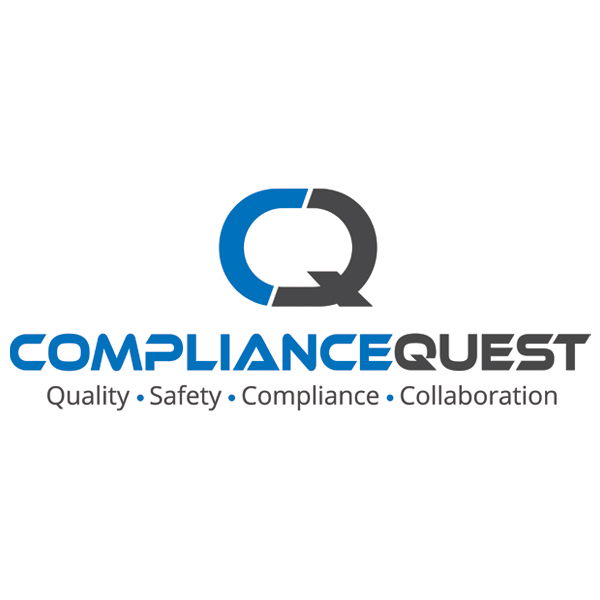
Internal Audit in Pharmaceutical Industry operations is a standard part of most quality system plans today. There are many different ways to complete internal auditing. Once it is done completely, you can assess the internal control of a system and measure the effectiveness of the quality system. A systematic, disciplined approach can accomplish an organization’s objectives by assessing and increasing the effectiveness of risk control and governance processes.
Internal audit practices enable an organization to continually improve its operations by providing key information about identified problem areas or preventing issues before they lead to non-conformance or compliance issues. You should consider the following points for the best internal audit in the pharmaceutical quality system.
- An organization should have a plan of action in place to avoid high-risk areas. Thus, a company can address them before a regulatory inspection to enhance the effectiveness of its business operations.
- Have a structure of the audit program and take a risk-based approach so that no area is overlooked.
- Train your audit team to keep them up to date with regulatory changes, observation trends, and risk areas.
- You should have an opening meeting with all the functional teams at the beginning of the audit so that an auditee can get the time to prepare for the audit operationally.
- You should have a close-out meeting to present the audit findings and conclusions.
- An auditor provides the audit report that communicates the result of the investigation. This report also provides accurate data for addressing important organizational issues effectively.
































